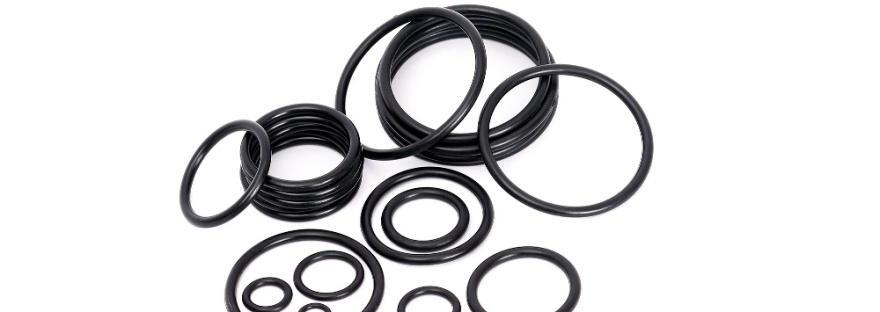No one wants to incur the consequences of o ring failure. Not only is it costly, but it also creates a whole host of problems with final products.
To ensure optimal performance, we must understand the most common reasons o rings will fail; then, we’re better positioned to mitigate these risks!
O ring failings
Excessive abrasion
Dynamic applications are the most typical to suffer from this problem. This is because of the friction caused between the housing groove and the o rings surface and the repetitive contact between the two. To help, sufficient lubrication should be applied, and the surface finish should be suited to the application. To check the o ring for abrasion, look at the sliding contact faces, and if the surface is grazed, your o ring could be suffering some slight abrasion.
The o ring is incompatible with the intended application.
A chemical attack can often occur when an o rings elastomer is incompatible with the application it is used within. These situations are heightened when the o ring is placed under stress or extreme and fluctuating temperatures. Things to look for to prevent this from occurring include examining the o ring for blisters, discolouration, and any form of cracking.
Sealability is lost due to swelling.
Chemical swelling can occur when an o rings elastomer permits the ingress of chemical media. In this situation, not only does the o ring lose its sealing ability, but it also loses its overall strength and performance.
Typically, chemical swelling occurs when the o ring isn’t 100% compatible with the chemical media. The solution is to check the o ring size; comparing this regularly will allow you to monitor if any swelling occurs.
The o ring is no longer reverting to its original shape.
When the o ring is no longer circular or flat on the sides, it tends to mean it can no longer cope with extreme fluctuations in temperature, hence no longer providing the perfect seal when the temperature goes back to normal.
O rings damaged during installation
Of course, o rings need to be installed correctly for them to work perfectly. Incorrect sizing, scratches, cuts, even dirt, and debris found on the surface can result in seal failure. O rings that are twisted should also not be forced or attempted for installation either as these will not, no matter how hard you try, work.
No one failing fits all!
Unfortunately, there isn’t a straightforward failing when it comes to o rings, so there isn’t a simple and straightforward solution.
Failings are the cause of circumstance and the condition that the seal is subjected to.
Carrying out the checks and proper installation techniques are the best ways to avoid premature failure.
However, the best way to avoid seals failing all together is to choose the best and the most compatible seal and o ring for the application. It’s the ability to sustain its properties when subjected to extreme temperatures that are key.
Specialist Sealing Products provide various o rings, gaskets, and seals to suit a range of applications.
To see how we can help with the best products, call 01535 274 776 or visit this page.
Read related post: Choosing the right O-ring for your applications

